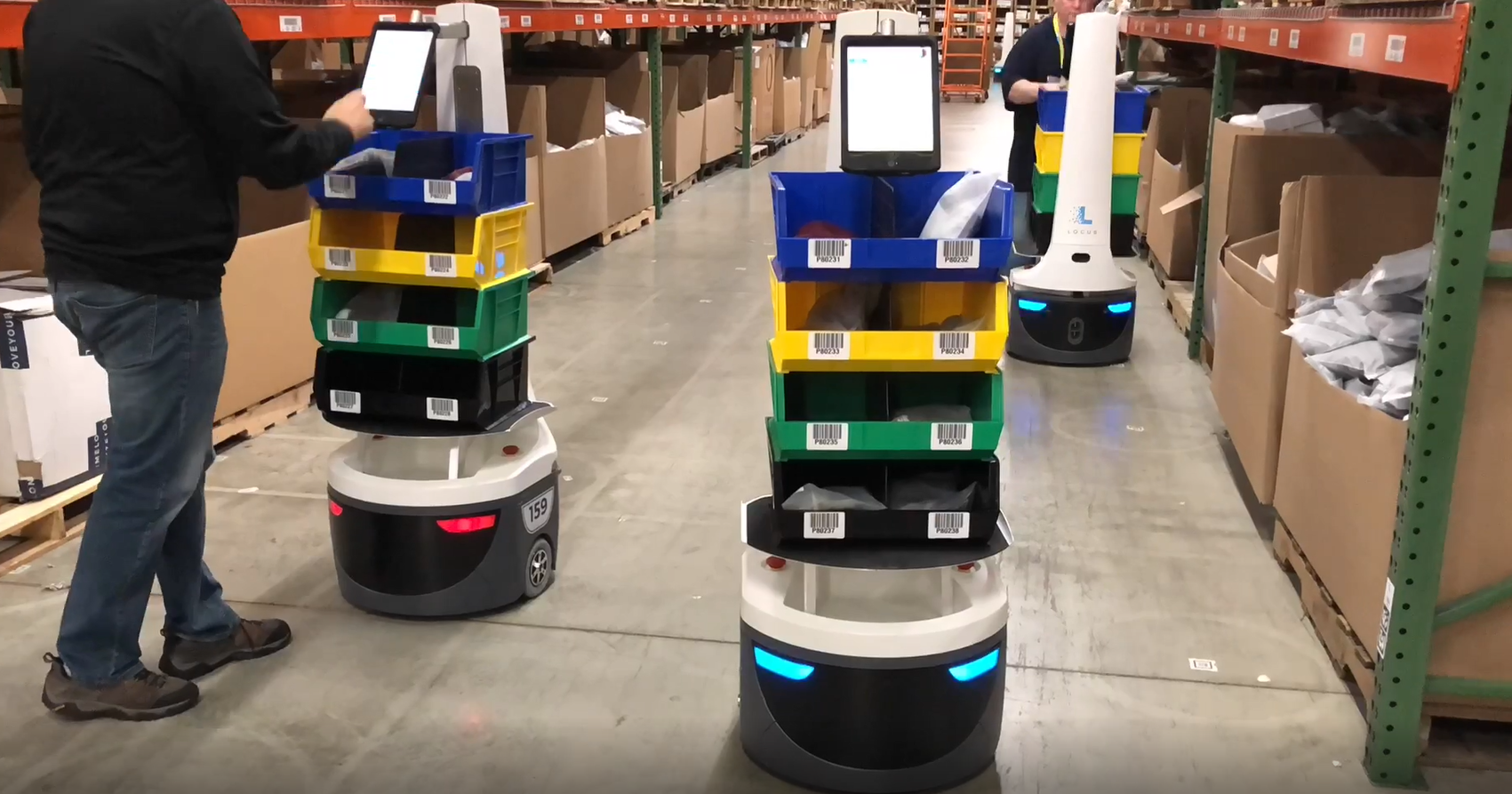
- Blog
Supply chain trends 2026: from disruption to adaptation
Discover seven supply chain trends shaping 2026. From mod...

In the landscape of modern warehousing, efficiency is measured in throughput. With the exponential growth of eCommerce and the continued demand for rapid order fulfillment, pressure remains high for warehouse operators and one of the most pressing issues is the scarcity and performance of labor.
However, amidst this challenge, a technological solution has emerged – Autonomous mobile robots (AMRs). These innovative machines have reshaped the warehouse industry and offer a solution to labor shortages while positively impacting operational efficiency. In this blog post, we'll delve into the impact of AMRs on the warehouse workforce.
The shortage of labor in the warehousing sector is not a new topic and has been a persistent challenge. On the hiring front, labor market fluctuations, seasonal demands and the physically demanding nature of warehouse work contribute to this scarcity.
“Traditional” solutions have been to hire more workers or outsource labor, but these have limitations in terms of speed to productivity, scalability and cost-effectiveness. And that is where autonomous mobile robots come into the picture.
Autonomous mobile robots are equipped with advanced sensors, cameras and navigation systems, allowing them to autonomously navigate through warehouse environments. The result is enhanced operational efficiency; as associates collaborate with AMRs on core warehouse tasks like picking, replenishment and pack out.
According to a report by Interact Analysis, there will be over four million AMRs live in warehouses by 2028, indicating widespread adoption across industries.
Warehouse operations entail numerous labor-intensive tasks, such as picking, packing and sorting goods. These tasks are not only physically demanding but also time-consuming. Just reducing the non-productive transit time provides a substantial uplift, as associates in traditional warehouses walk between 12 and 14 miles a day.
AMRs are equipped with machine learning algorithms, ability to optimize routes, prioritize tasks and adapt to changing warehouse layouts or inventory configurations. The result is a more productive labor force.
And contrary to the fear of job displacement, the adoption of AMRs in warehouses can lead to workforce upskilling. Rather than replacing human workers, robots complement their skills. Warehouse associates are trained to oversee and collaborate with the autonomous mobile robots, monitor operations, troubleshoot technical issues, and focus on tasks that require human cognitive abilities.
There are also instances of AMRs positively impacting accessibility of the workforce- with large visual aids and non-auditory requirements, AMRs fills a unique gap created by systems that are voice and handheld dependent. This symbiotic relationship between humans and robots fosters a more dynamic and skilled workforce.
The most important priority of an autonomous mobile robot implementation needs to be associate safety. The physical demands of warehouse work pose significant risks to employee health and safety. Manual material handling, repetitive tasks and exposure to hazardous environments contribute to workplace injuries and fatigue.
According to the Occupational Safety and Health Administration (OSHA), musculoskeletal disorders (MSDs) are the leading cause of workday jury and illness in the workplace. AMRs offer a solution by assuming the burden of labor-intensive tasks, thereby reducing the risk of injuries associated with manual labor. Moreover, these robots can be ISO and CE compliant while equipped with sensors and collision avoidance systems, minimizing the likelihood of accidents in the workplace.
Autonomous mobile robots are reshaping the landscape of warehousing, offering a promising solution to labor shortages while enhancing operational efficiency and workplace safety. By automating labor-intensive tasks, AMRs empower associates to focus on higher-value activities, fostering a more dynamic and skilled workforce. As the warehouse industry continues to evolve, embracing technological innovations like AMRs will be crucial in meeting the demands of modern commerce and ensuring sustainable growth.
